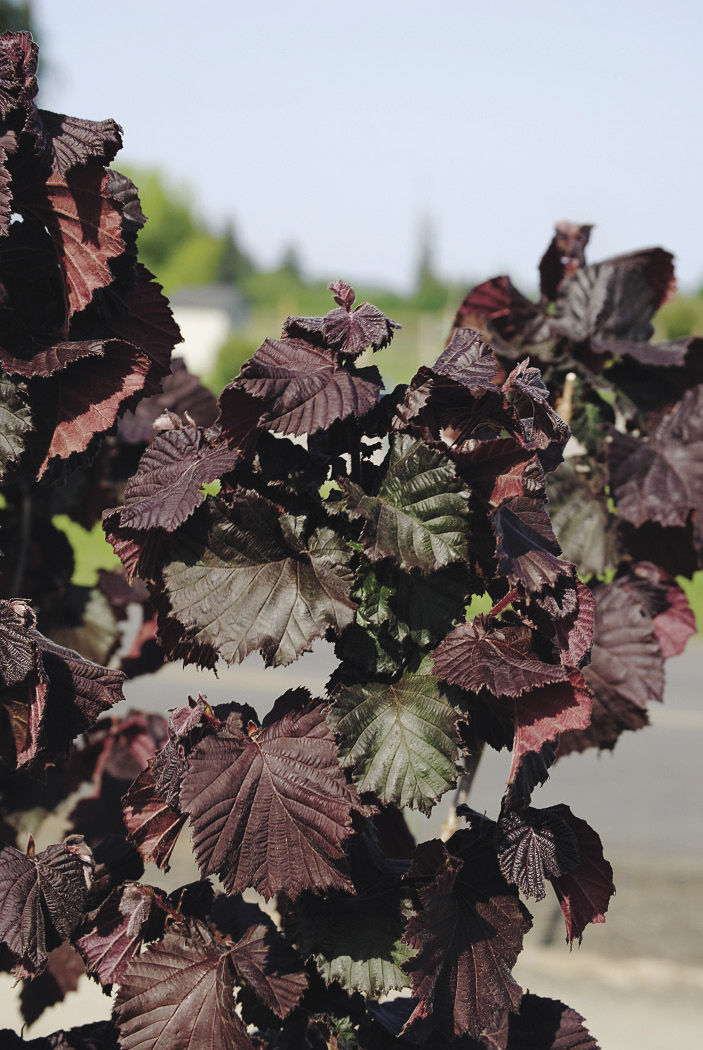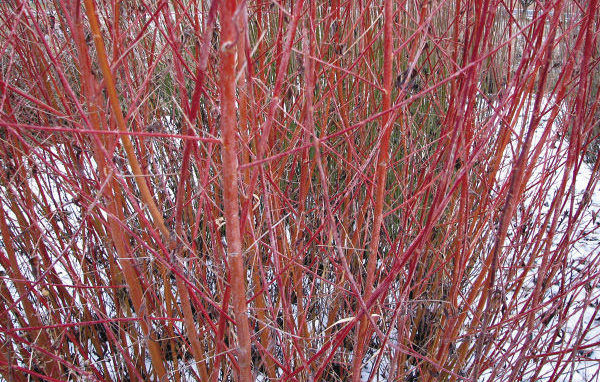
1. Weeping Norway Spruce

Name: Picea abies ‘Pendula’
USDA Hardiness Zones: 3 to 7
Size: Up to 5 feet tall; width is variable and controllable
Conditions: Sun to partial shade; average to well-drained soil
As conifers go, I especially like the weeping Norway spruce and the way that snow settles on its sturdy yet leaderless stems, which no sooner arch up then are seemingly pulled down by gravity, and perhaps up and down again. One large specimen I planted 30 years ago reminds me of a snowy dark green dragon in winter. Stems may be trained to a post if more height is wanted, or allowed to ramble freely, where they may become 4 feet tall or so but much wider. I have planted them to spill down a slope beside a set of steps, as well as to tumble over retaining walls. Each weeping Norway spruce is unique as it matures; this is no cookie-cutter bird’s nest spruce (P. abies ‘Nidiformis’, Zones 3–8).
2. ‘Jim’s Pride’ Daphne

Name: Daphne transatlantica ‘Jim’s Pride’
Zones: 5 to 9
Size: 3 feet tall and up to 6 feet wide
Conditions: Full sun to partial shade; average to well-drained soil
Wow, flowers from May to December—in New Hampshire! This hybrid is mostly evergreen here, with gray-green leaves shaped like surfboards. But it’s grown for the flowers: four dainty petals arising from purple-stained tubes and bursting open in clusters at the end of each stem. Flowering begins for us in May and continues more or less unabated until early winter (we have had blooms in mid-December, frozen in ice). The flowers are fragrant as well, especially in the evening. A single sprig in a vase will scent a small room. Alas, daphnes, including ‘Jim’s Pride’, can be mysteriously mercurial when it comes to their vigor, but this one is not a challenge to grow.
3. ‘Red Dragon’ Ornamental Hazelnut

Name: Corylus avellana ‘Red Dragon’
Zones: 4 to 8
Size: 6 feet tall and 3 to 5 feet wide
Conditions: Full sun to partial shade; average soil
Form is especially important in winter, and this recent introduction has it. Its slender stems twist and turn in amusing fashion. This quality is especially evident when leafless, although the foliage is also to be celebrated for its striking shades of reddish-purple to at least midsummer. Each leaf is curled inward, which slightly diminishes the display. ‘Red Dragon’ has been proven resistant to the Eastern filbert blight, which can be fatal to other ornamental filberts, such as the popular green-leaved Harry Lauder’s Walking Stick (C. avellana ‘Contorta’, Zones 4–9). Dangling burgundy catkins add to the winter show before opening in early spring.
4. Coral Bark Willow

Name: Salix alba ‘Britzensis’
Zones: 3 to 8
Size: Up to 20 feet tall and 15 feet wide; smaller if controlled
Conditions: Full sun; average to moist soil
Though perhaps not the most compact choice for a smaller landscape, the young stems of coral bark willow (and the similar redstem willow, S. alba var. vitellina ‘Chermesina’) ignite in cold weather, perfect for adding warmth to the winter garden. This effect is enhanced by cutting the plants back hard in early spring, which also keeps them a bit tidier. Coral bark willow serves well as a fast-growing hedge, as long as the soil is reasonably moist and the area is sunny. Smaller stems may be cut for winter arrangements.
Doug Gagne, APLD, is the co-owner of The Mixed Border Nursery and Gardens in Hollis, New Hampshire.
Photos: (1 and 3), millettephotomedia.com; (2), Joshua McCullough; (4), courtesy of Bluestem Nursery

















Comments
Log in or create an account to post a comment.
Sign up Log in